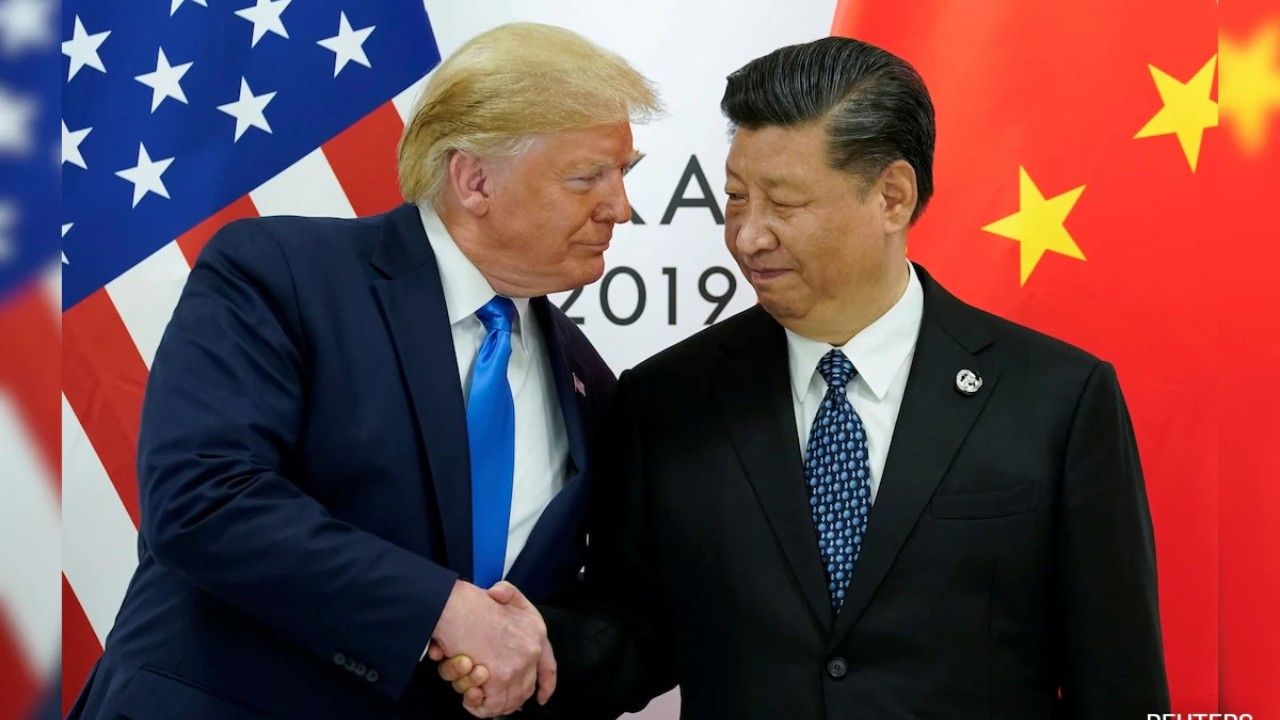Trade, Power, and Propaganda: Inside the U.S.–China Economic Showdown
A high-stakes clash between economic superpowers reshaping global trade. Read more at Dynamite News.

New Delhi: An ego war surrounds two of the globe's most dominant individuals. Rhetoric, posturing, and a trade war have erupted, contributing to world woes.
China and America are at it again—Donald Trump and Xi Jinping. The face of capitalism versus the icon of communism. In the 21st century, both superpowers seem to be racing towards the most viral trend: tariffs.
Even as President Trump provided relief to other nations with a 90-day break, excluding the baseline 10% tariffs, China was hit harder. Beijing retaliated with its array of tariffs, goading Trump further, reports Dynamite News correspondent.
Whereas America depends on tariffs to exert pressure, China has more at its disposal, far more than even the world's largest arms manufacturers can muster.
Xi Jinping has played his hand with surprising finesse.
Intellectual Property: The New Battlefield
Also Read |
US Prez Donald Trump and Chinese leader Xi Jinping speak for the first time since Trump's inauguration
Interestingly, China has responded with a white paper on intellectual property (IP). Xi’s State Council released new regulations asserting that if any country uses IP disputes to "contain and suppress" Chinese entities, Beijing can retaliate.
The Tariff Numbers Game
Whether it's 104%, 125%, or some other magic number, the dragon doesn't bat an eye. China is still the odd one out in a world of diplomatic norms and silent negotiations. Xi Jinping faces little challenge at the global table.
The world market is afraid that a long U.S.-China trade war will pull the whole world into recession.
China has built a reputation for copying everything from iPhones to AK-series rifles to military drones. Whether knock-offs or artificial rain, China can make almost anything.
China's Economic Leverage
Also Read |
Nepal, China to hold first ever joint military drill
Let's see the numbers. China brings in around $160 billion of goods from the U.S.—a big number. But the U.S. imports a staggering $400 billion from China.
And this is where Xi has an ace up his sleeve: agriculture. By going after American agriculture—Trump's base of voters—China can strike where it hurts the most.
In 2018, Beijing's retaliatory 25% tariff on US agricultural products resulted in a 75% decline in soybean exports to China.
Then there's Hollywood, a huge export market for America's entertainment industry. In a nation where one person can decide to change the rules, it's easy to ban American films, television shows, or music.
Let's not forget that it was the U.S. that supported China's accession to the World Trade Organization (WTO) in 2001. Ever since then, intellectual property, dumping of products, and trade imbalance issues have haunted the relationship.
On the hunting grounds of global diplomacy, India’s non-alignment strategy is like a predator stalking its prey. Except this strike isn’t with claws but with contracts. And the prey? It might be either China or America.
 Dynamite News
Dynamite News 